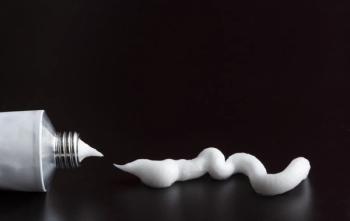
The efficacy of pelvic floor physical therapy for women with pelvic floor disorders
During the poster session of the AUGS and IUGA 2022 Scientific Meeting, investigators showed how pelvic floor physical therapy (PFPT) can help pregnant women who suffer from obstetric anal sphincter injury (OASI).
OASI are complications that occur during vaginal delivery, due to the tearing of the tissues during childbirth. In this poster presentation at the 2022 American Urogynecologic Society and International Urogynecologic Association Scientific Meeting in Austin, Texas, authors Lannah Lua-Mailland, MD, MPH; Meng Yao, MS; Shannon Wallace, MD; and Katie Propst, MD, all from the Cleveland Clinic Ob/Gyn & Women’s Health Institute, Female Pelvic Medicine and Reconstructive Surgery in Ohio, shared results of their study, which compared bladder, bowel, and sexual function between women with OASI who received PFPT and those who did not.1
The study began with a retrospective cohort of 424 women seen at a postpartum perineal clinic from November 2017 to November 2021 and broken into 2 groups, PFPT and nonPFPT.Women were grouped according to PFPT attendance. Questionnaires were given to all women, and were scored on urinary distress inventory-6 (UDI-6); fecal incontinence severity index (FISI), and a postpartum pelvic floor and birth questionnaire (PPFBQ). Scores were compared between the PFPT and non-PFPT groups at baseline and again at 6 months.
Of the original 424 women with OASI, 154 (36.3%) completed the 6-month surveys and were included in analysis. Women in the PFPT group were older, more likely to have had operative vaginal delivery, fourth degree laceration, and a history of anxiety/depression.
At 6 months, UDI-6 scores improved significantly in both PFPT and nonPFPT groups. Baseline scores for fecal incontinence severity were higher in the PFPT group than nonPFPT group.
From baseline to 6 months, these FISI scores remained unchanged in the PFPT group but worsened dramatically in the nonPFPT group. Additionally, the PFPT group indicated worse sexual function than the nonPFPT group.
Researchers concluded that UDI-6 scores were much improved by 6 months postpartum. They also note that FISI scores also worsened after 6 months in women without PFPT (not those who did participate in the physical therapy).
The study indicates that for certain pelvic floor disorders, physical therapy can be an effective form of treatment.
Reference
1. Lua-Mailland LL, Yao M, Wallace S, Propst K.The impact of pelvic floor physical therapy on bladder, bowel, and sexual function in women with obstetric anal sphincter injury. Poster presentation at the AUGS and IUGA 2022 Scientific Meeting. June 14-18, 2022. Austin, Texas.
Newsletter
Get the latest clinical updates, case studies, and expert commentary in obstetric and gynecologic care. Sign up now to stay informed.










